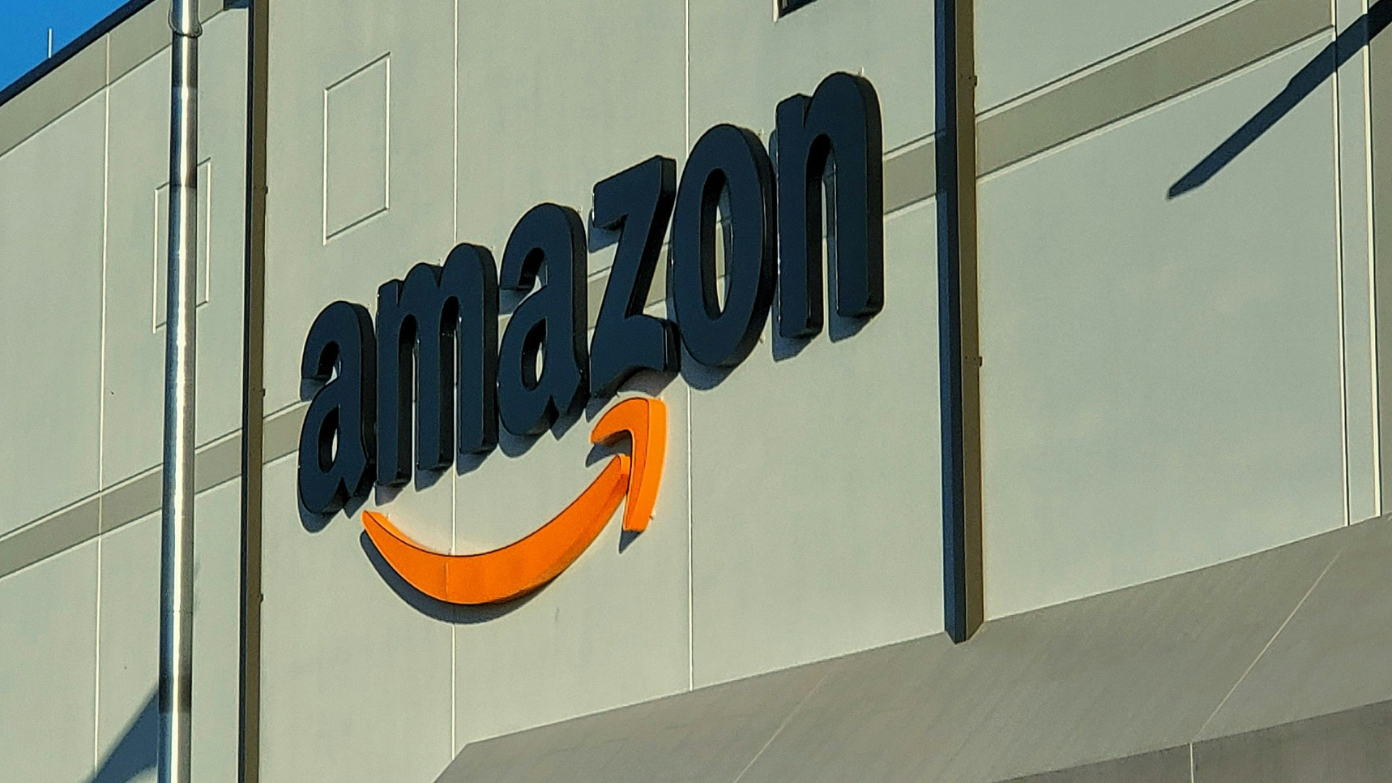The People’s Union USA initiated its second nationwide boycott of Amazon and affiliates, May 6 to May 12, 2025, as part of a more comprehensive campaign targeting corporate actions on exploitation of labor, tax avoidance, and political coordination. The move follows a March 2025 boycott that temporarily brought Amazon’s operations to a halt for a brief period, despite the company registering an 8% year-over-year sales increase during its Q1 results. The recent move places organizers in anticipation of raising pressure on the retail giant and challenging consumers to forego convenience for ideological alignment. Below, we outline the scale of the boycott, its short-term effects on Americans, and the consequences for corporate accountability movements.
The scope of the boycott: Targeting Amazon’s ecosystem
The boycott not only targets Amazon’s e-commerce core but extends to cover all subsidiaries and services:
- Amazon Fresh and Whole Foods for food purchases
- Prime Video and Amazon Music for entertainment
- Audible for audiobooks and Twitch for live streaming
- Ring home security systems and Zappos shoes.
Targeting this interrelated landscape, The People’s Union seeks to disrupt Amazon’s channels of revenue and raise awareness of its market dominance. Founder John Schwarz underscored the boycott as a “collective stand against corporate greed,” and it is a full-blown attack on Amazon’s well-documented union-busting practices and alleged acquiescence with the Trump administration to hide tariff-related price increases.
Others may have to radically change their ways of life. Prime members with their one- or two-day delivery now enjoy slower options at local stores like Walmart or Target, which lack the similar logistic capabilities. Independent businesses based upon Amazon’s Marketplace will see dwindling visibility but others will benefit from consumers turning to local equivalents.
For grocery stores, consumers switching from Amazon Fresh and Whole Foods to retailers such as Kroger or ALDI experience increased prices and fewer organic products in rural regions. Prime Video subscribers switching to Netflix or Hulu experience fragmented content platforms, with 22% of boycotters in an initial survey identifying this as a significant disadvantage.
The boycott also challenges loyalty to the Amazon world: Kindle readers will have to buy e-books on Barnes & Noble’s Nook platform, and Audible listeners miss out on podcasts and voice recordings exclusive to them. The projections for the week-long protest can run Amazon between $180-$230 million in missed sales, although that is below 0.5% of its estimated Q2 revenue.
Labor and unionization context
The boycott is a response to increased concern about the way Amazon treats its workers. In Amazon’s RDU1 warehouse in North Carolina, unionization vote-cast workers were subject to intense anti-union campaigns, such as compulsory town hall meetings, monitoring by the A to Z app, and claims that union organizing could threaten immigration status. Organizers reported that Amazon installed extra security checkpoints and metal barriers during the vote, making it a “militarized” scene.
Although The People’s Union has not formally allied itself with Amazon Labor Union (ALU), the boycott raises criticisms of these tactics. Amazon invokes its actions, though, as being for “workplace security” based on trespassing instances during unionization campaigns. To workers, a successful boycott may enhance bargaining strength, but long-term sales declines could result in hour cuts or layoffs in fulfillment centers.
Political and economic consequences
The boycott overlaps with Trump trade policy. Amazon CEO Andy Jassy admitted that sellers may be able to transfer tariff expenses to customers, but the company did make a commitment not to charge these increases in a direct manner, a move Schwarz calls “a betrayal of transparency”. While tariffs on Chinese imports doubled to 25% during Trump’s presidency, boycott members claim Amazon’s transparency deficit erodes price accountability.
Globally, the US move is being replicated by European boycotts of US brands such as Tesla and McDonald’s in anti-tariff protests. Domestically, The People’s Union is organizing serial boycotts of Walmart (May 20–26), Target (June 3–9), and McDonald’s (June 24–30), presenting these as a continuing resistance to corporate-political entanglements.
Long-term implications for corporate accountability
Whereas short-term sales impacts can be negligible, the boycott demonstrates higher consumer potential to mobilize collective power. Its success relies on participation rates: the March 2025 boycott resulted in a 12% drop in Prime logins, but the resilience of Amazon’s revenues following resumed spending by numerous consumers tells otherwise.

